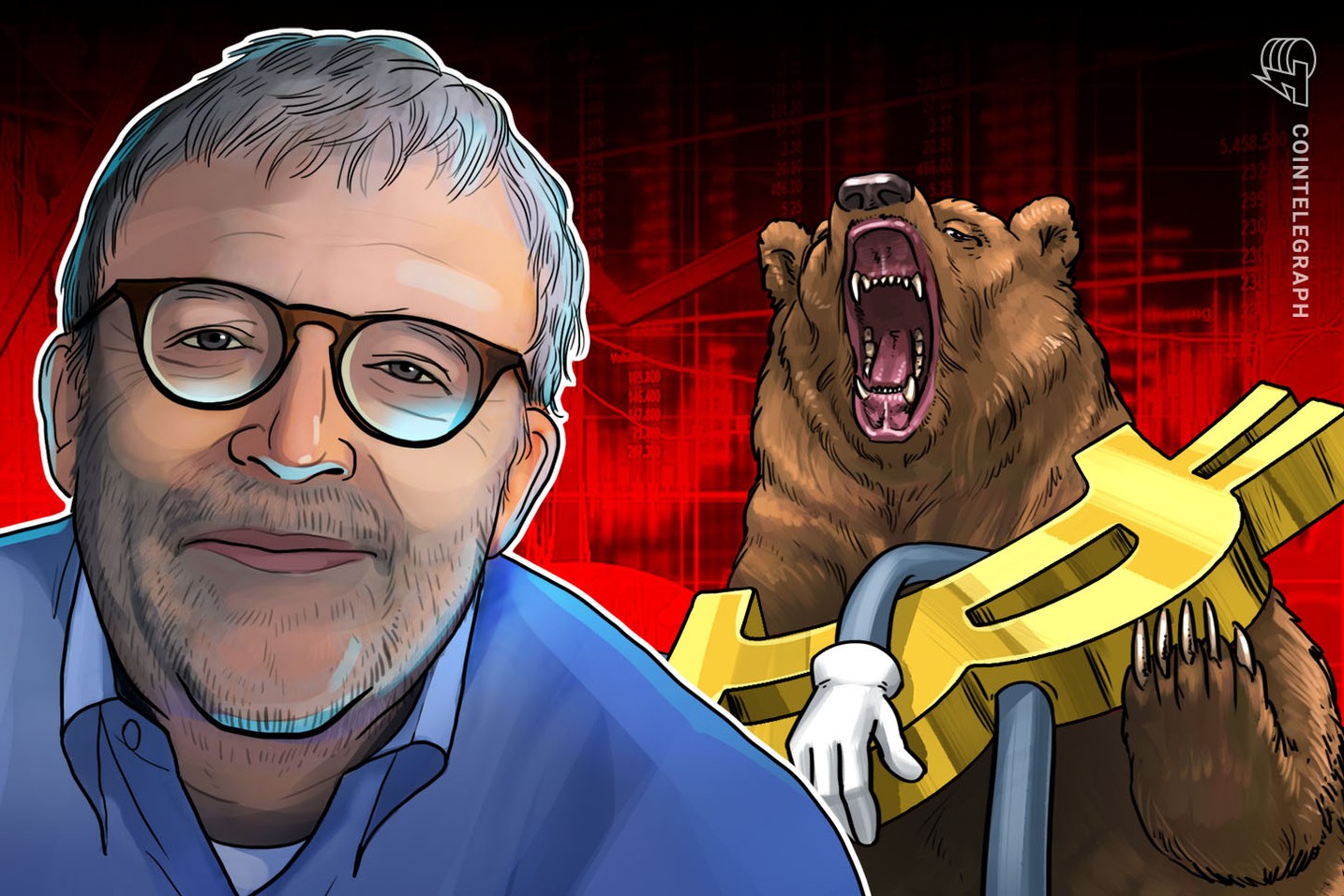Bitcoin News, Crypto News
Peter Brandt: Bitcoin’s Drop Mirrors the Beginning of the 2016 Bull Run
Comparative Analysis: Bitcoin’s Current Trend Resembles 2016 Bull Market, According to Peter Brandt
Bitcoin has experienced a downturn that mirrors its behavior post-halving in 2016, preceding the notable bull run of 2017.

Market Trends and Historical Context
According to veteran trader Peter Brandt, the recent decline in Bitcoin prices since the April 2024 halving bears resemblance to the downward trend observed before the 2016 bull run.
In a recent commentary, Brandt emphasized that the decline in Bitcoin’s value after the halving aligns closely with the fluctuations noted during the 2015–2017 market cycle.
Analyzing the Data
Brandt highlighted the similarities in the market corrections observed since halving events:
- The Bitcoin halving in 2016 occurred on July 9, with the price at that time being $650.
- Prices fell to a low of $474, resulting in a 27% drop within a month.
- This decline was followed by a significant surge to a peak of $20,000 in December 2017.
In a parallel scenario, Bitcoin’s recent dip below $50,000 signifies a 26% decline from the post-halving price of $64,962.

Expert Opinions on Future Movements
While some analysts are optimistic about a recovery, there are cautionary insights suggesting that Bitcoin prices might continue to fall.
On August 5, Bitcoin’s value dropped significantly to $49,221. Although it has declined by 20% from a recent high of $70,000, recovery signs emerged with the price reaching $56,000 during Asian trading on August 6.
Furthermore, Benjamin Cowen, founder of ITC Crypto, indicated that current market patterns resemble those of 2019, which saw a strong upward movement in the first half of the year followed by a substantial correction.

Tim Kravchunovsky, CEO of the decentralized telecommunications platform Chirp, noted that cryptocurrency assets could rebound more swiftly than other risk assets, drawing parallels to the recovery observed in 2020.
He emphasized that the recent market selloff is not isolated to cryptocurrencies but is influenced by broader macroeconomic factors. He suggested that a decoupling of crypto assets from traditional stocks could occur, reminiscent of the trends seen during the pandemic-induced market conditions.
“Over the coming hours and days, we may well see a decoupling of crypto from traditional stocks, similar to what we saw in 2020.”
Kravchunovsky further stated that in 2020, the crypto market demonstrated a quicker and more pronounced recovery compared to traditional stock markets, suggesting that a similar pattern may play out this time around.


